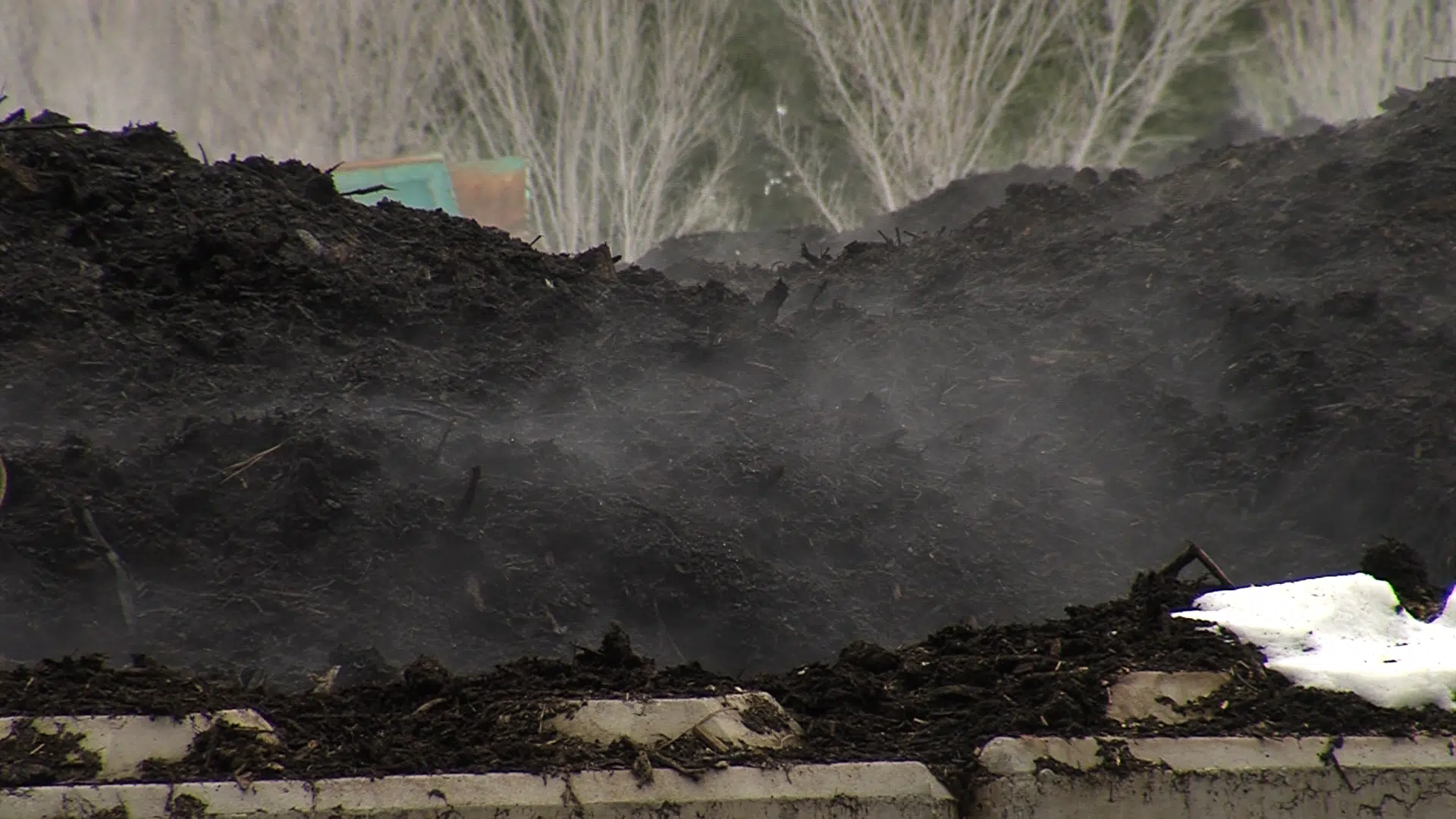
Biosolids still causing a stink in the TNRD
KAMLOOPS — Each year the City of Kamloops produces around 12,500 tonnes of biosolids from the treatment process at the Kamloops Sewage Treatment Centre, a significant volume of nutrient-rich organic materials the city needs to deal with.
The current solution is to use the material to enrich soil for agricultural and horticultural use, as fertilizer, or compost; for many TNRD residents, the negatives – like a foul odour – far outweigh the benefits, which is why the Regional District held a workshop today in Kamloops to look at their current policy regarding biosolids.
Like the title of the famous children’s book by Taro Gomi states “Everyone Poops”; once the deed is done is where the story starts at Friday’s TNRD workshop on biosolids. It’s a topic which has caused quite a stink throughout parts of the Regional District.


